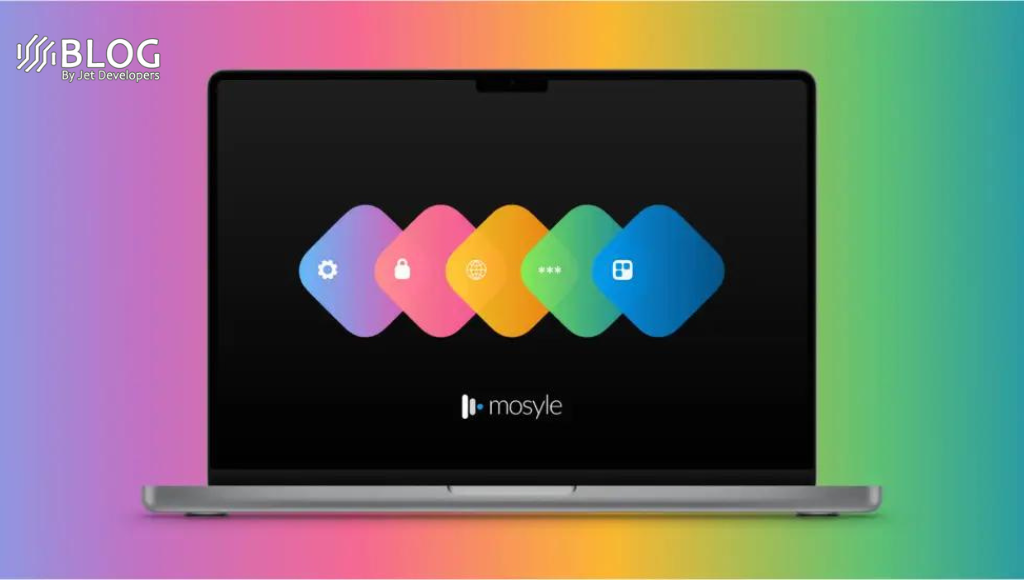While Apple itself may not have directly integrated generative AI into its hardware platform, other vendors are stepping up to fill the gap. Today, mobile device management (MDM) vendor Mosyle announced an innovative approach that leverages generative AI to enhance the management, security, and compliance capabilities of Apple macOS-powered hardware. This exciting development is part of an update to the Mosyle Apple Unified Platform, which was made widely available in May 2022, coinciding with a remarkable $196 million funding round secured by the company. By combining MDM with endpoint security, the Mosyle Apple Unified Platform empowers organizations to seamlessly deploy and manage their Apple devices.
Traditionally, enterprise administrators heavily rely on complex scripts to manage Apple devices, enabling them to identify specific usage patterns and deployment characteristics for individual devices. For instance, a script could be designed to detect encounters with a particular WiFi access point. Until now, script creation has been primarily the domain of experts. However, the landscape is rapidly changing, largely due to the game-changing capabilities of generative AI.
Mosyle CEO Alcyr Araujo explained in an exclusive interview with VentureBeat, “The idea here is really to help customers have access to that very specific layer of Mac management that is scripting. We see Mac admins reach the highest level when they can really take advantage of scripting, where they can basically automate anything on the fleet.”
With Mosyle’s new generative AI integration, Apple device administrators gain unprecedented ease and efficiency in managing their fleets, enabling automation of various tasks that were previously arduous and time-consuming. The breakthrough technology heralds a new era in Apple device management, empowering organizations to harness the full potential of their macOS-powered hardware while ensuring streamlined operations and enhanced security.
How Mosyle AI Script automates Apple management
The path toward generative AI for Mosyle was not a straight line.
Araujo explained that his team had been working on developing a script catalog, to help make it easier for users to find and select the right scripts to automate MDM functions. Not coincidentally, Mosyle Script Catalog is a new feature that is also part of the company’s latest platform update.
Then ChatGPT happened in late 2022 and every technology vendor (and nearly every user) was suddenly aware of the power of generative AI. Araujo recounted that he started testing gen AI with ChatGPT tooling for Mosyle’s own internal needs first, to potentially make support more efficient by finding answers quicker.
In addition to being the CEO of Mosyle, Araujo is the company’s IT administrator. One day he was looking to create a specific script that was needed for macOS. That need led to the revelation that by combining gen AI with the script catalog project, a user could use natural language queries to rapidly find, or even create, a script to execute a specific task.
OpenAI is under the hood, with more generative AI support to come
The first release of Mosyle AIscript relies on OpenAI’s GPT models. But Araujo emphasized that his goal is to have an open approach, where multiple large language models (LLMs) for gen AI could be chosen.
Mosyle isn’t simply connecting OpenAI’s API to its own MDM technology. Araujo explained that numerous steps taken on the Mosyle side help ensure privacy of user data as well as accuracy of the generated script output.
Araujo explained that with Mosyle AIScript, the system first attempts to understand what a user query for a script really means. If needed, Mosyle then adds elements to better define the script to get the desired output. On top of that, Mosyle validates the generated script to make sure that it will run as expected on Apple hardware.
“There is a lot of polishing there in terms of making sure we’re guiding the requests in the correct way and understanding the result before showing it to the customer,” he said.






